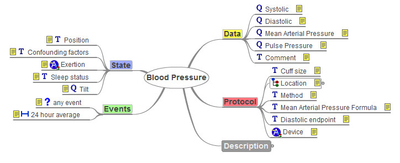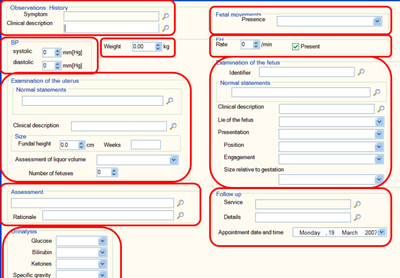...
An archetype is a re-usable, formal definition of domain level information. The formal concept was originally described in detail in a paper by Thomas Beale, defined in terms of constraints on an information model. The key feature of the archetype approach to computing is a complete separation of information models (such as object models of software, models of database schemas) from domain models. Thus, archetypes are not part of the software or database of a system. Archetypes can be specialised, and also aggregated, via 'slots', enabling fine-grained re-use. Archetype design principles and technical specifications.
...
and many others. From the user's point of view, these are the kinds of data which occur in health information systems. Each archetype is a text file, expressed in either ADL syntax or its XML derivative.
(The formal archetype concept was originally described in detail in a paper published online by Thomas Beale, as well as a 2002 OOPSLA paper, providing a more succinct description. These are a bit out of date now, since it doesn't adequately distinguish between archetypes and templates, but still useful background. For modern descriptions, see the specifications).
What don't archetypes do (that Templates can)?
Archetypes don't define data sets. A data set is defined by a template in openEHR, which is a special kind of archetype that aggregates bits and pieces of other archetypes to form a set of data specific to a particular use, e.g. a screen form or message definition. Data sets almost always contain data points and groups from numerous archetypes.
The above form has been templated from archetypes: each red area contains some specific (usually only a minority of) data elements from one archetype.
...

